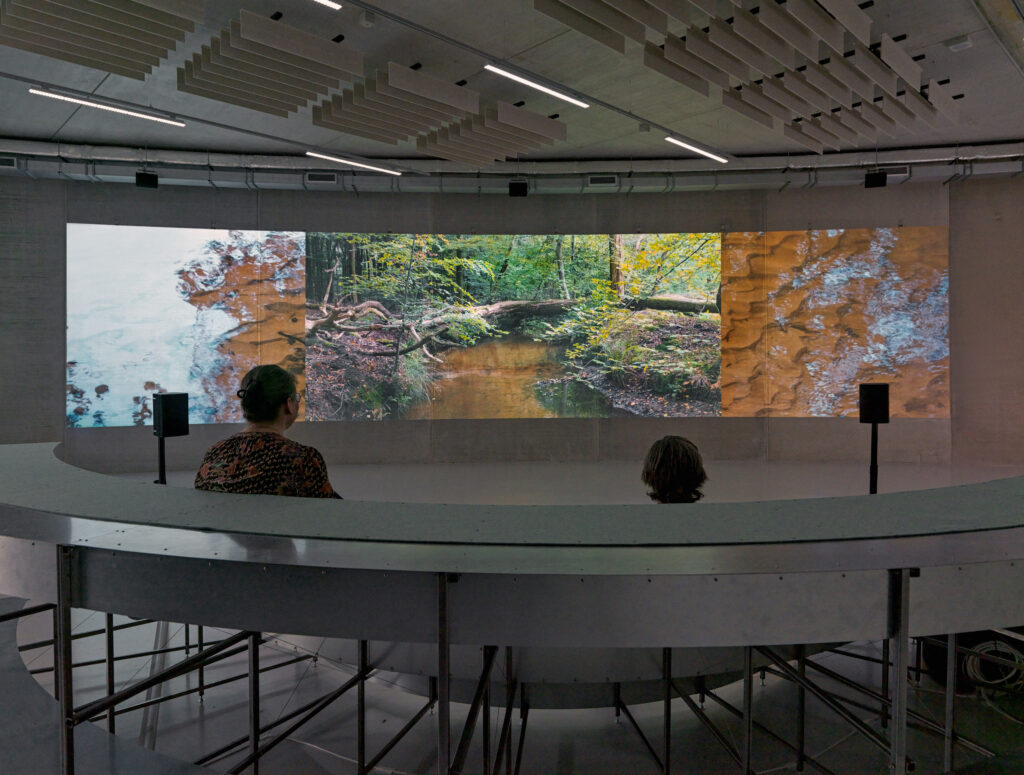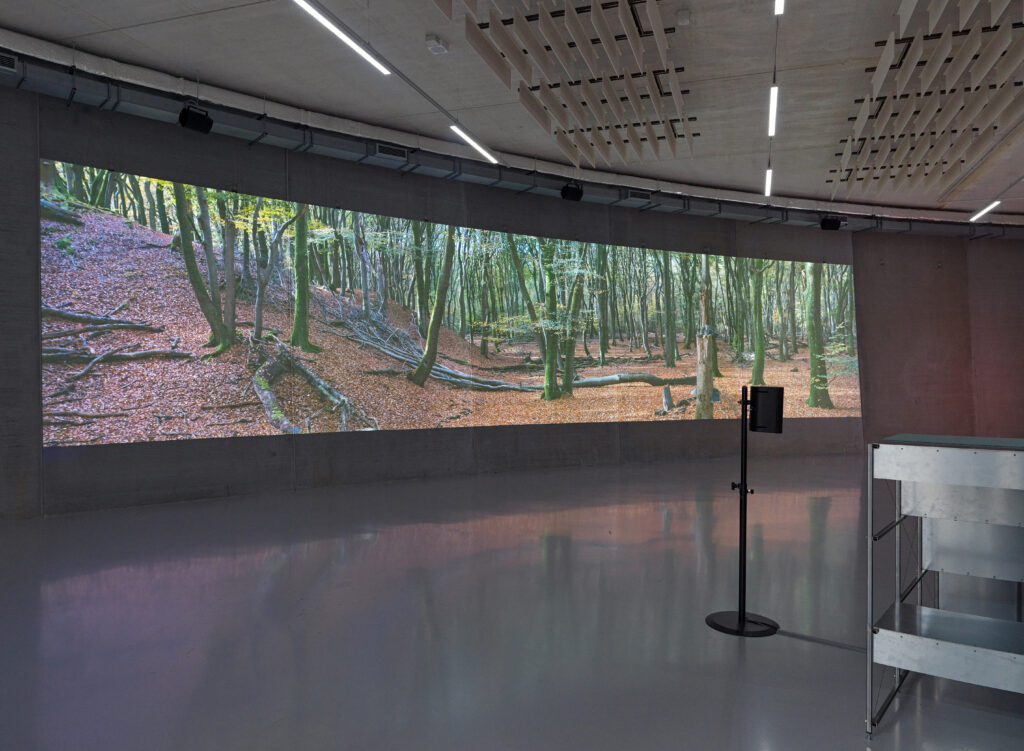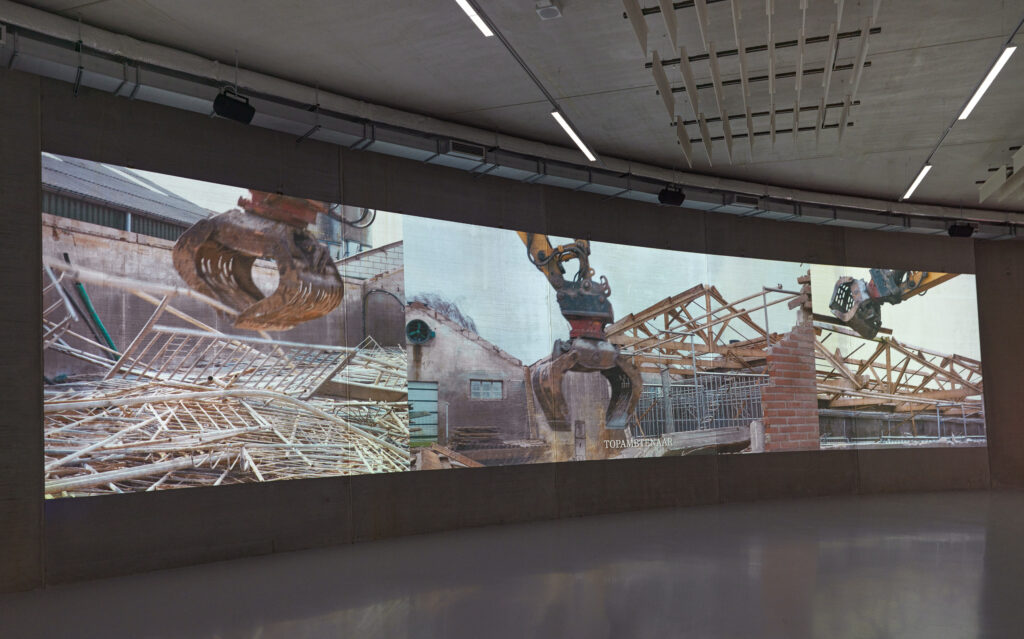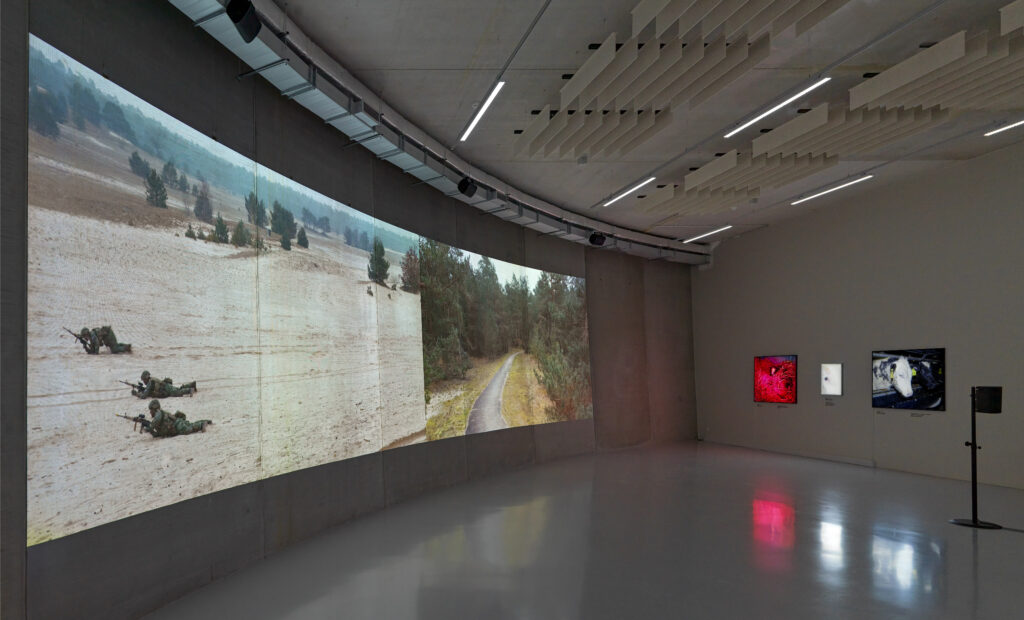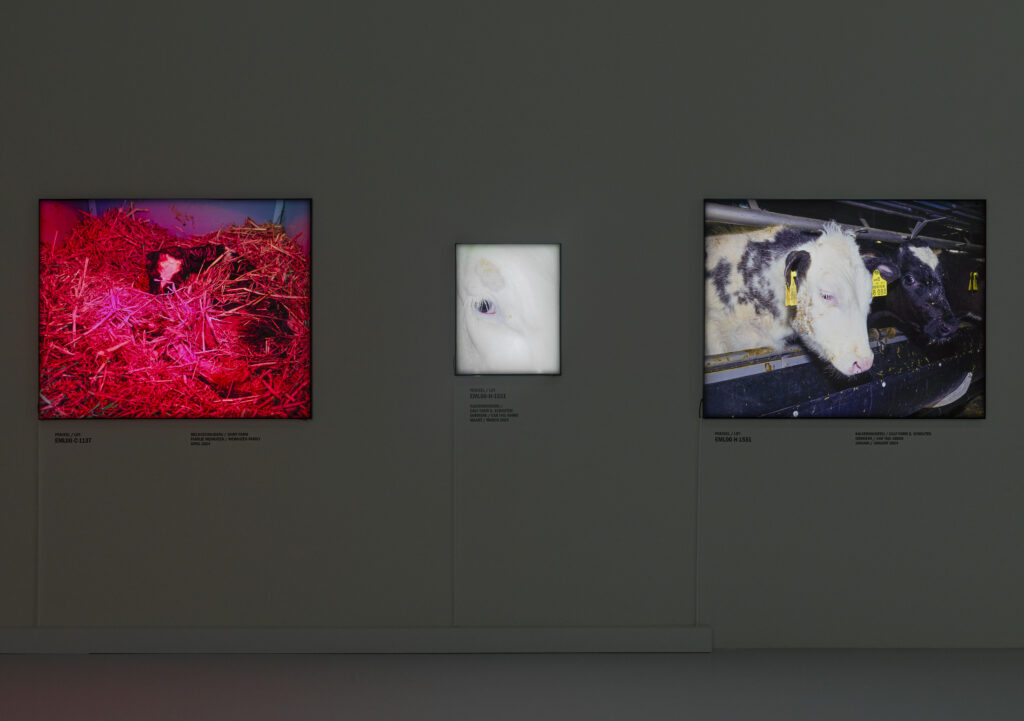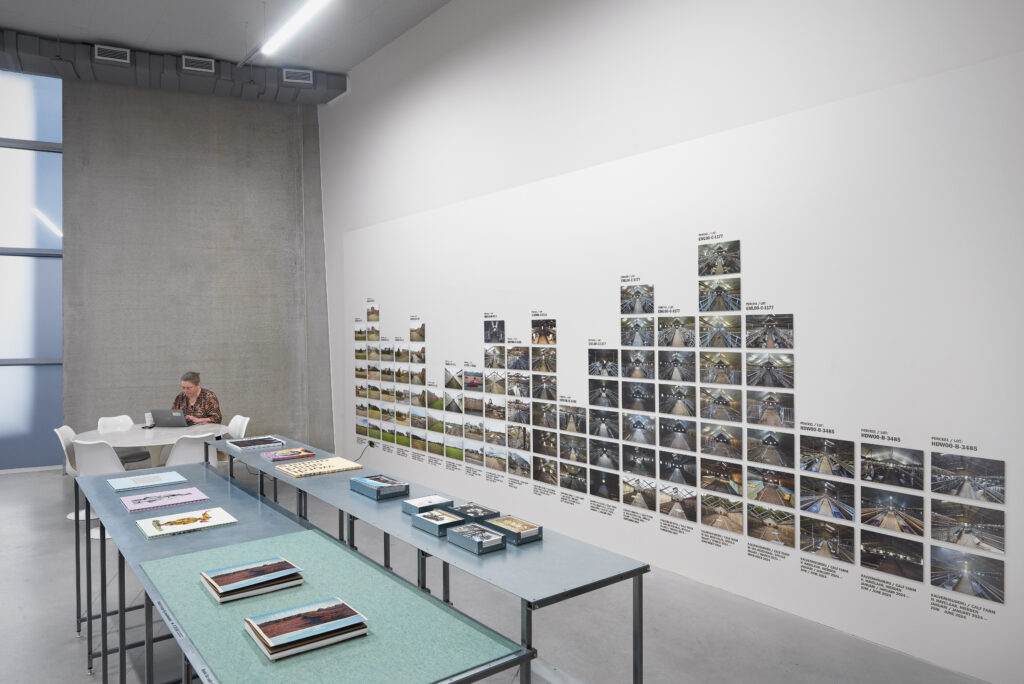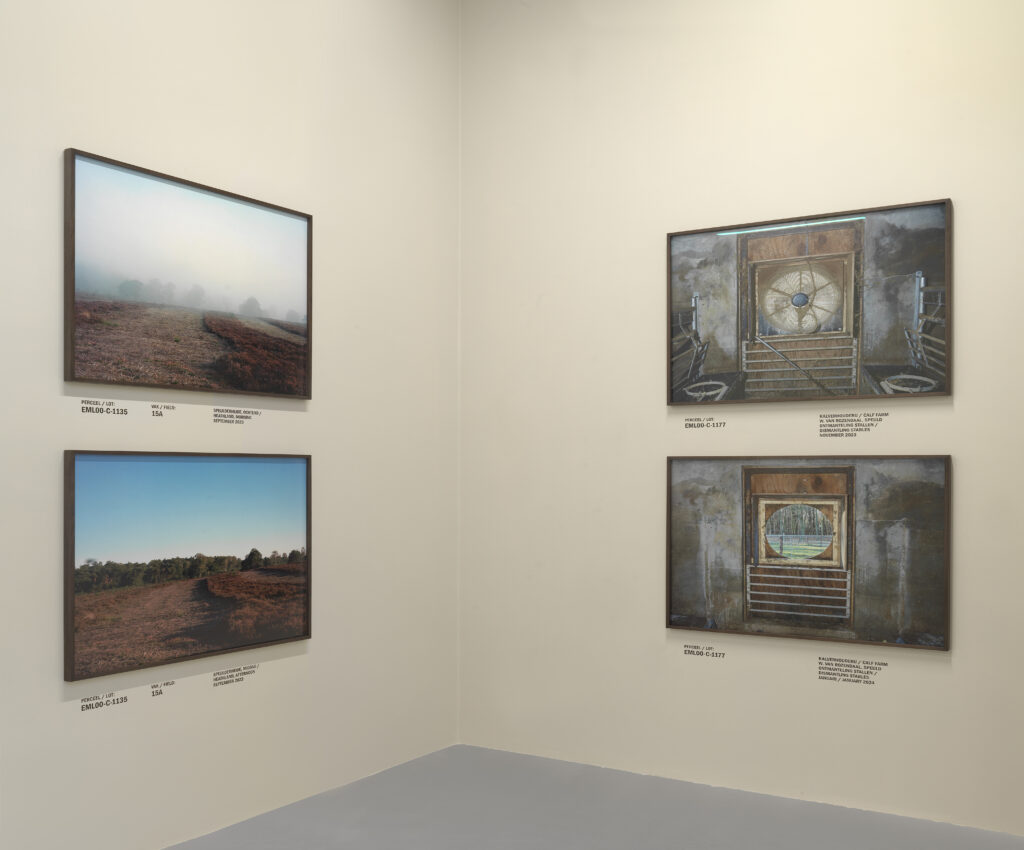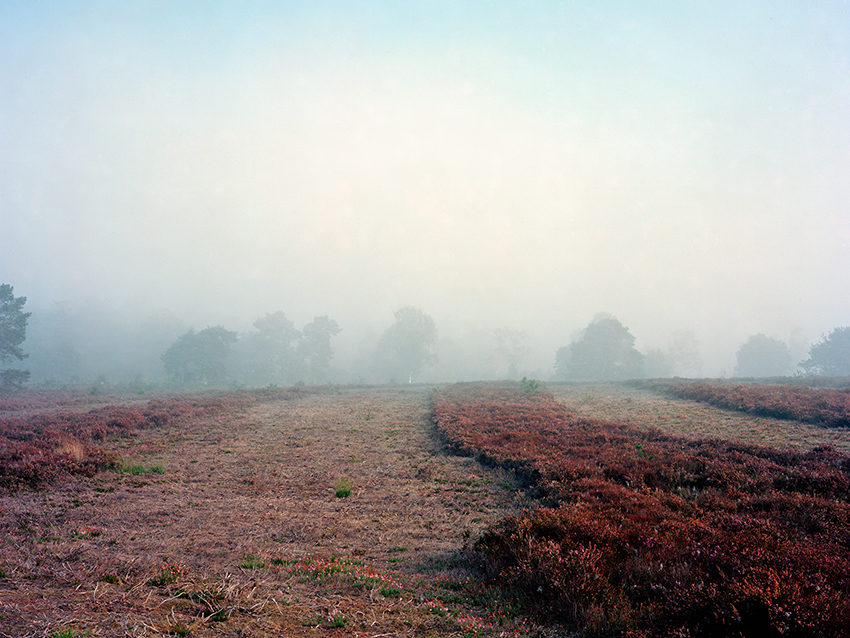
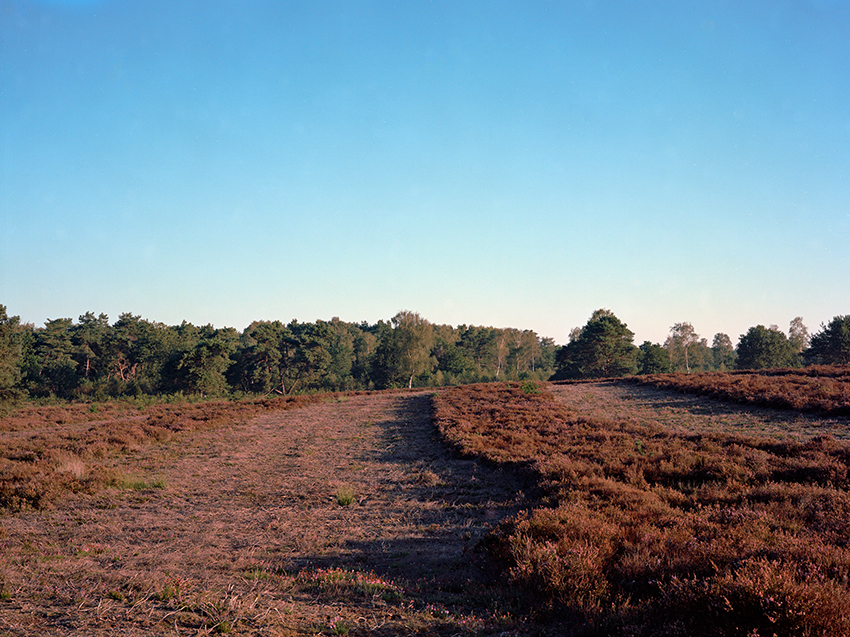

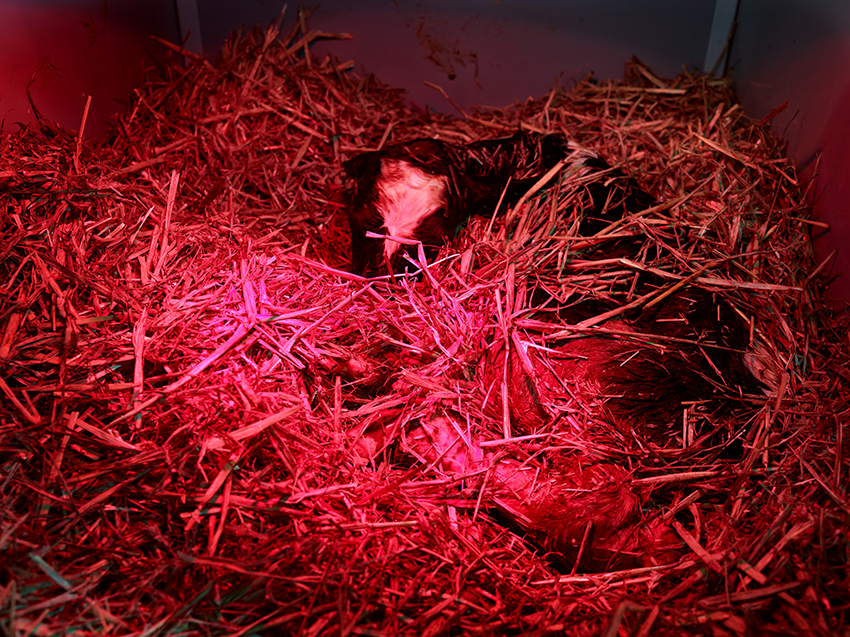

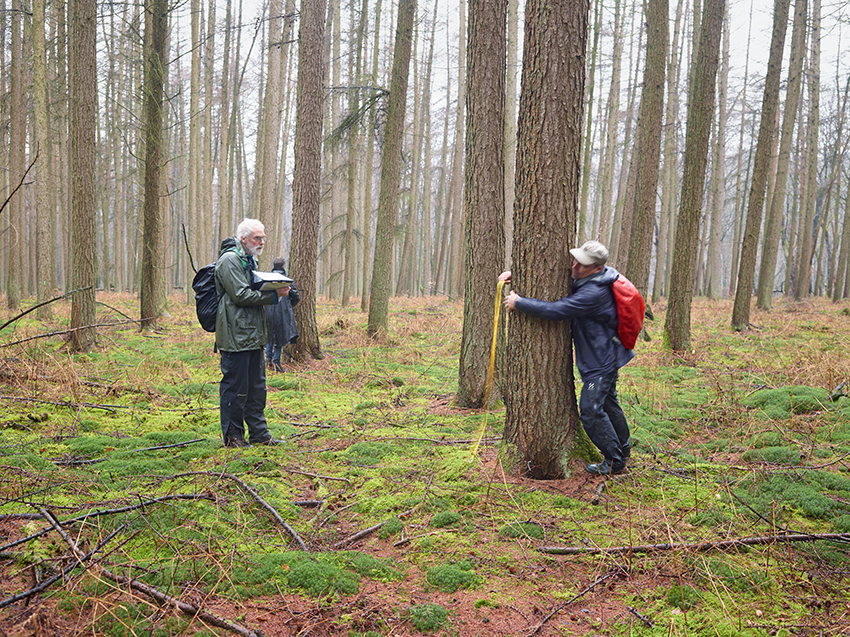

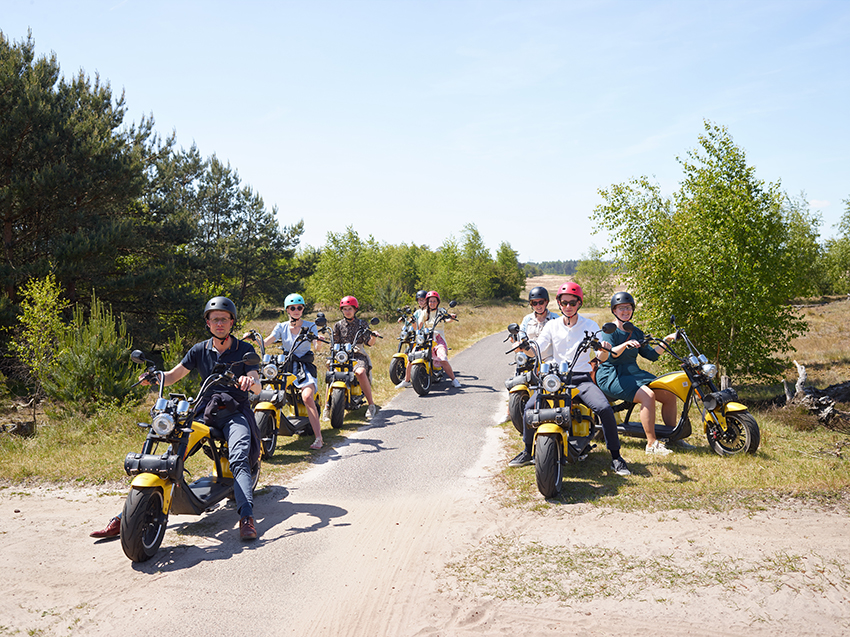
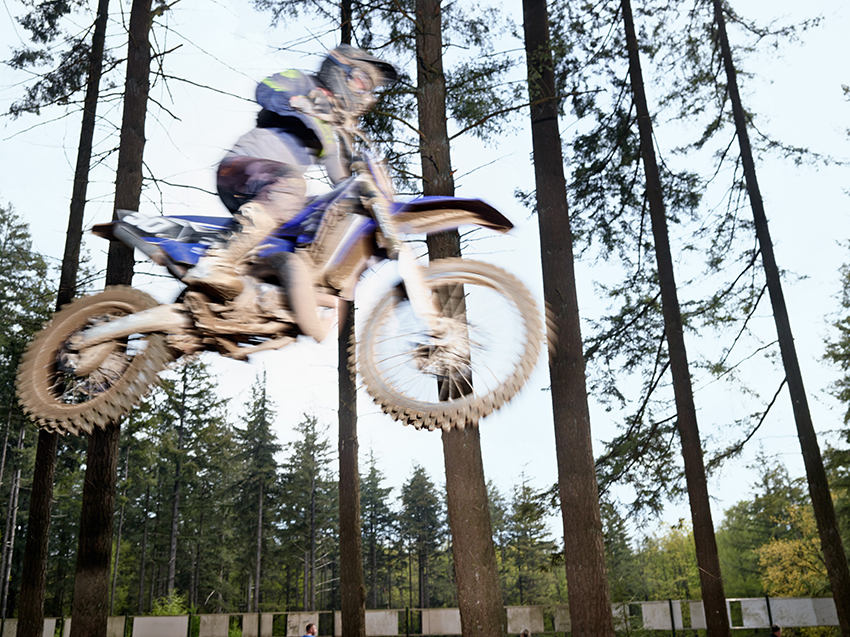
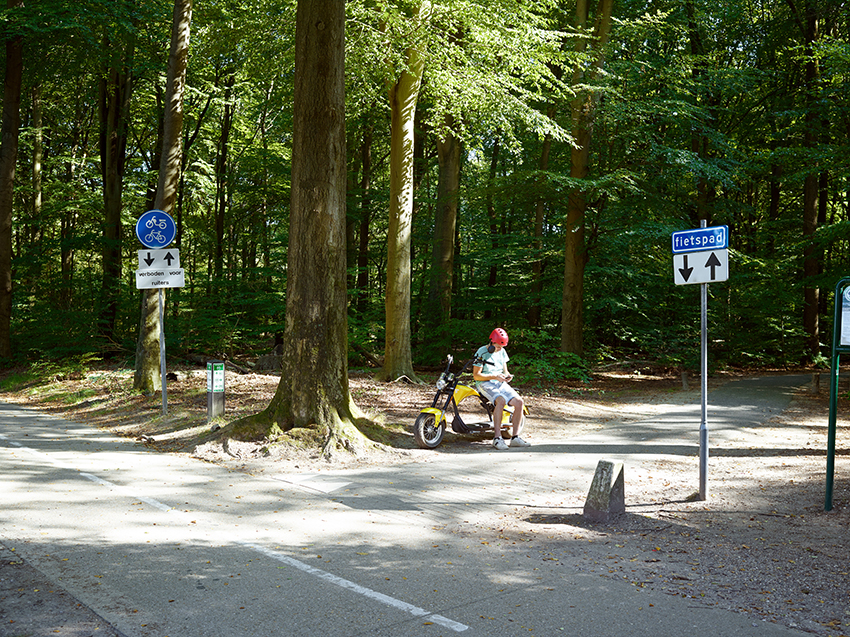
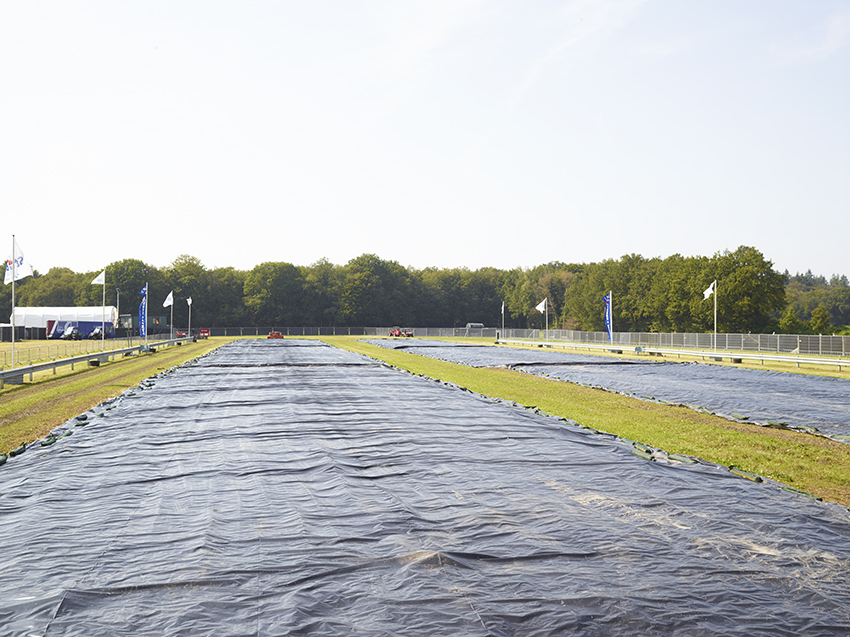
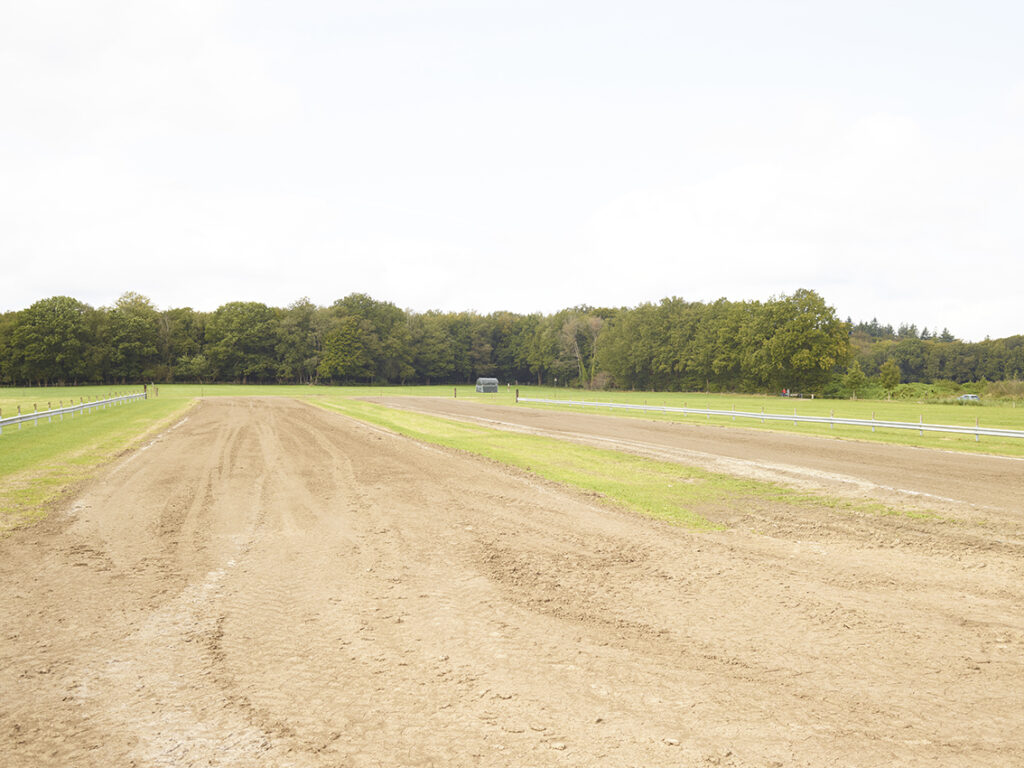

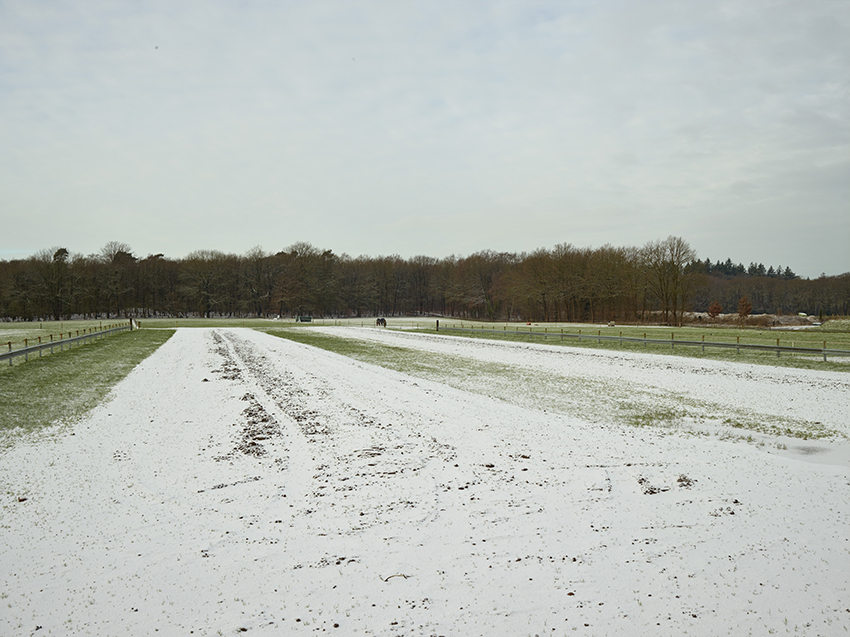
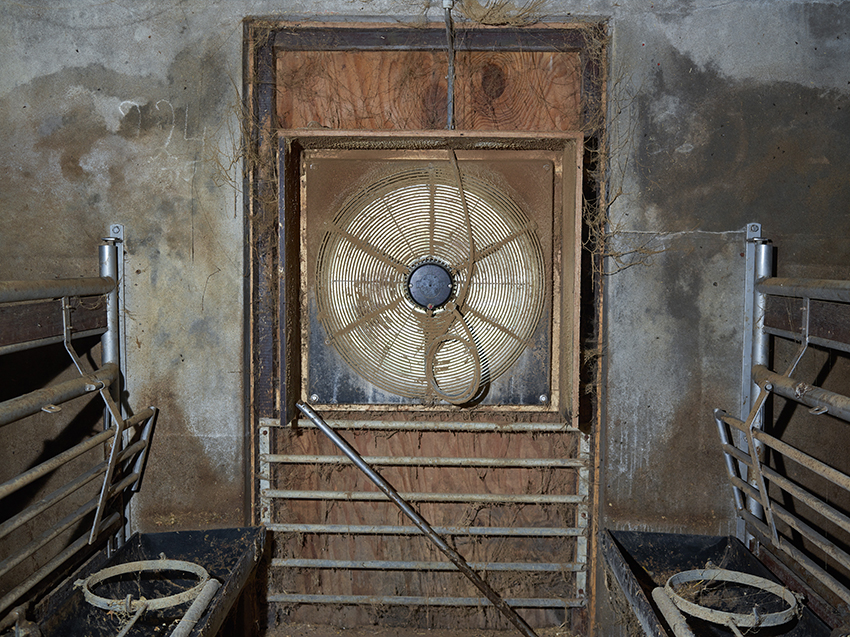
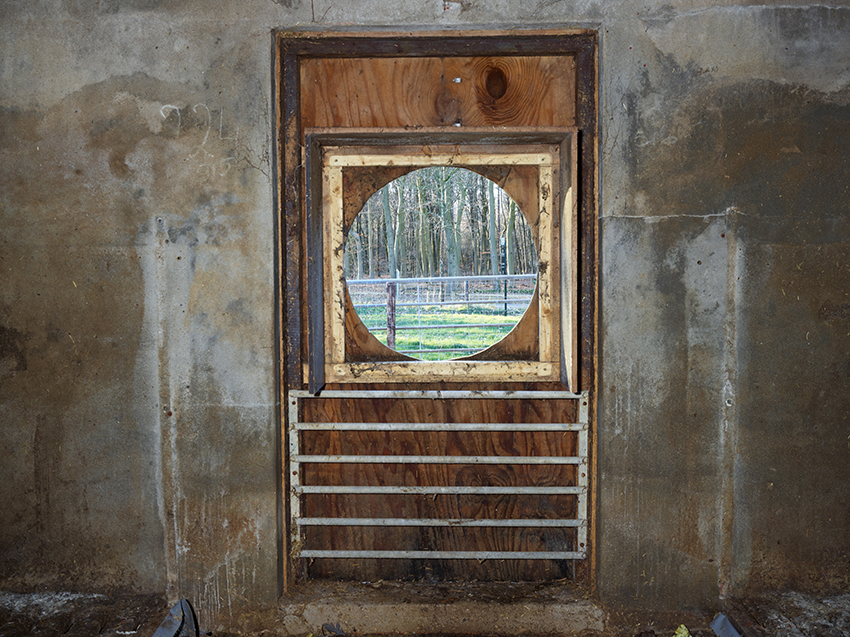

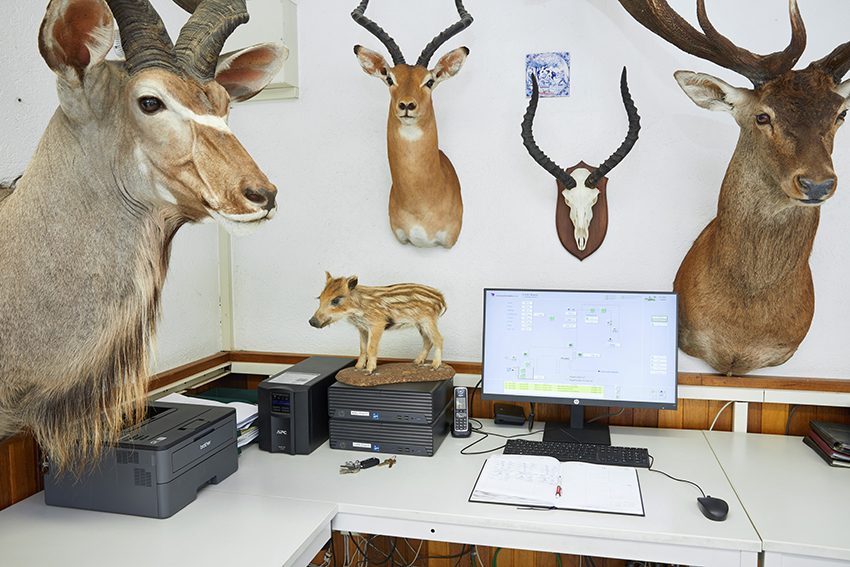
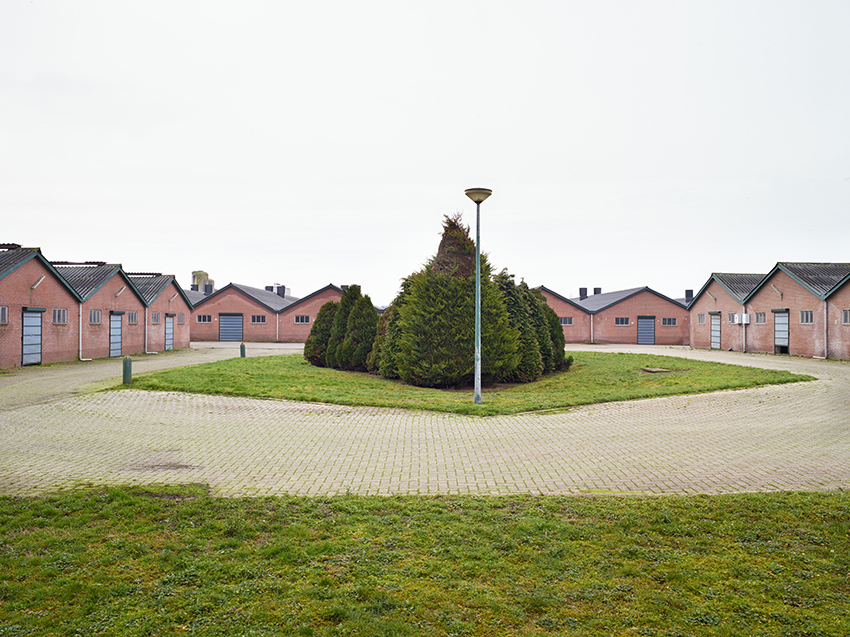
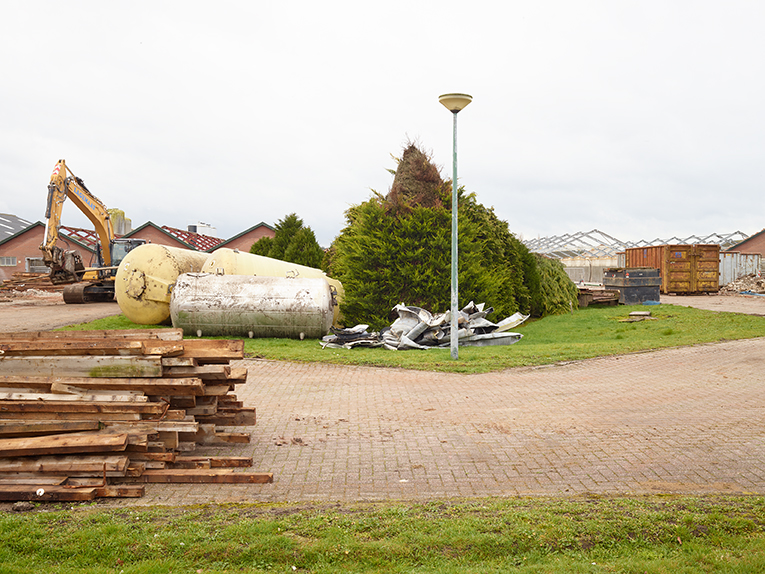
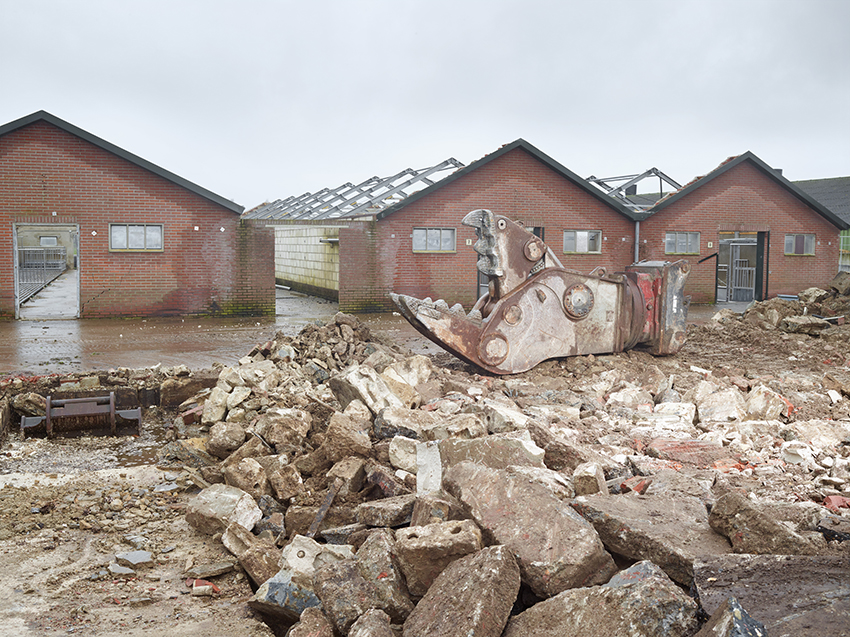
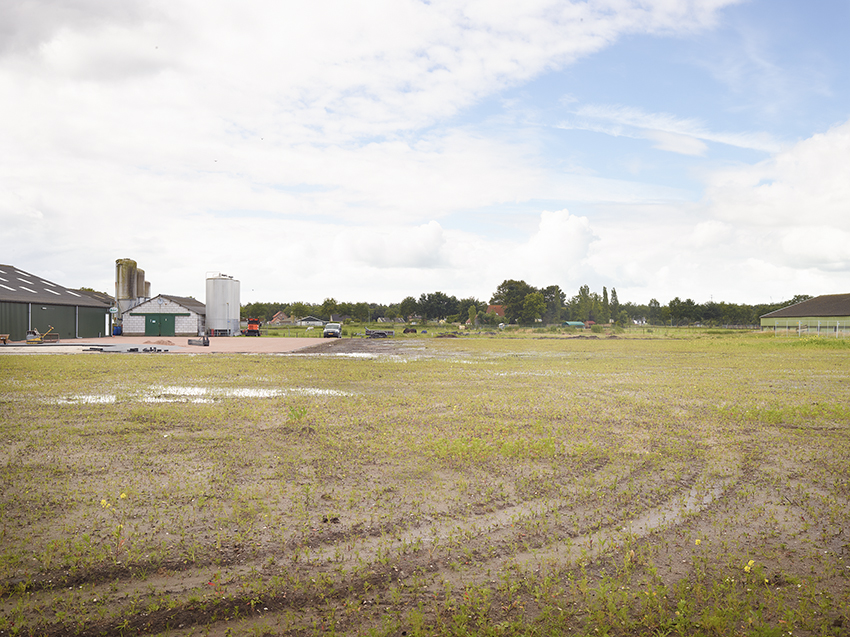
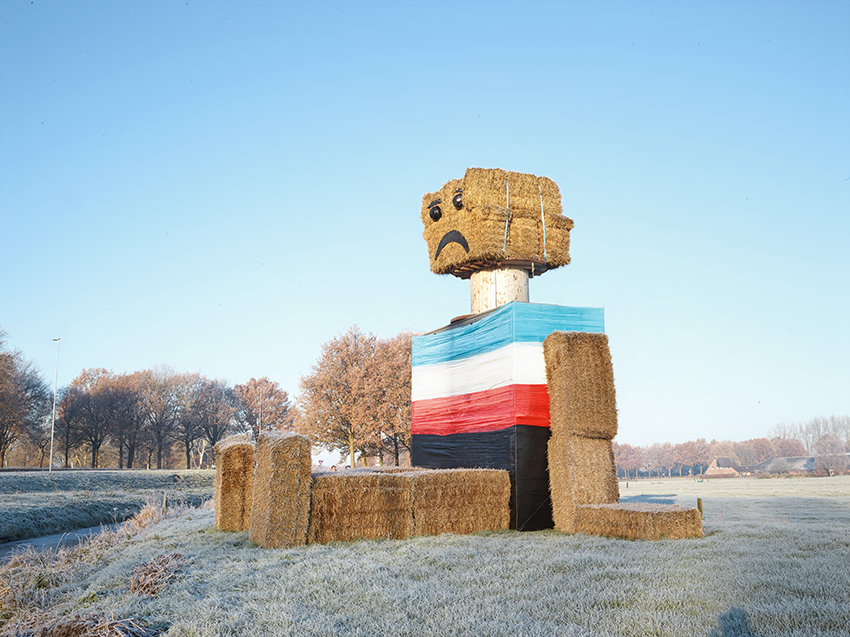
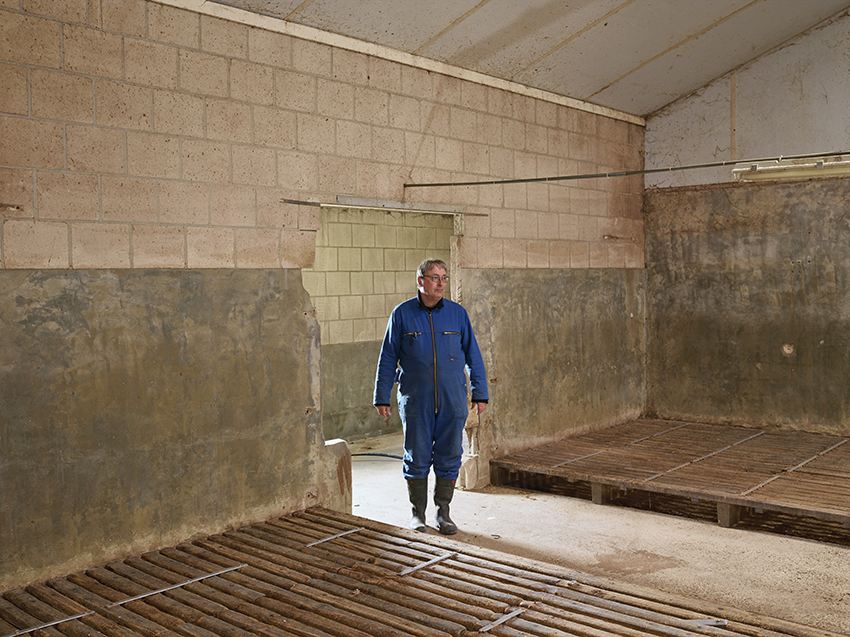
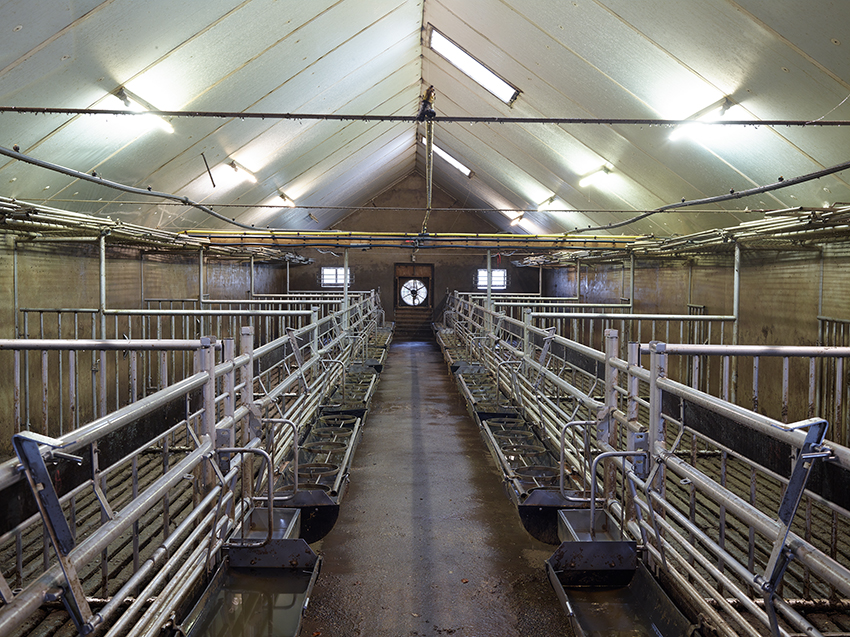
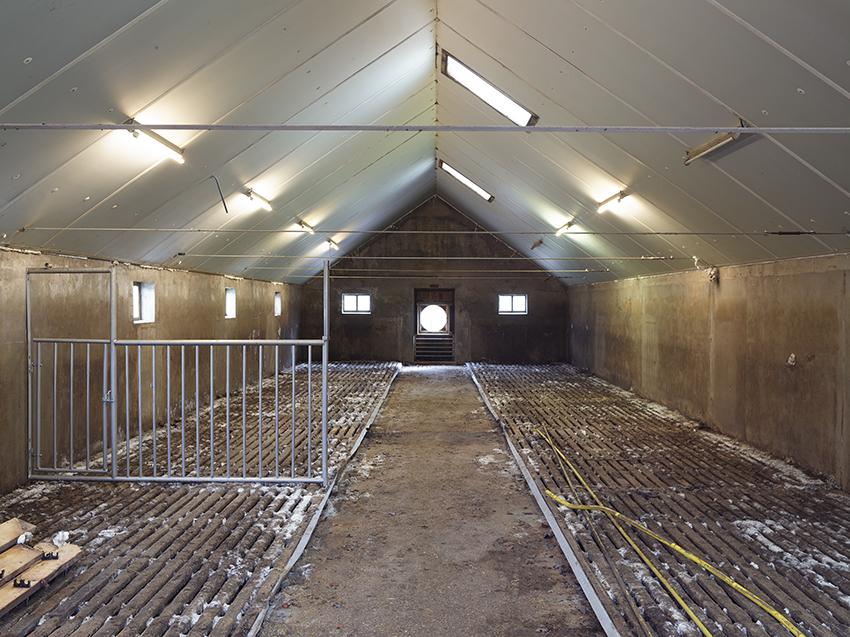
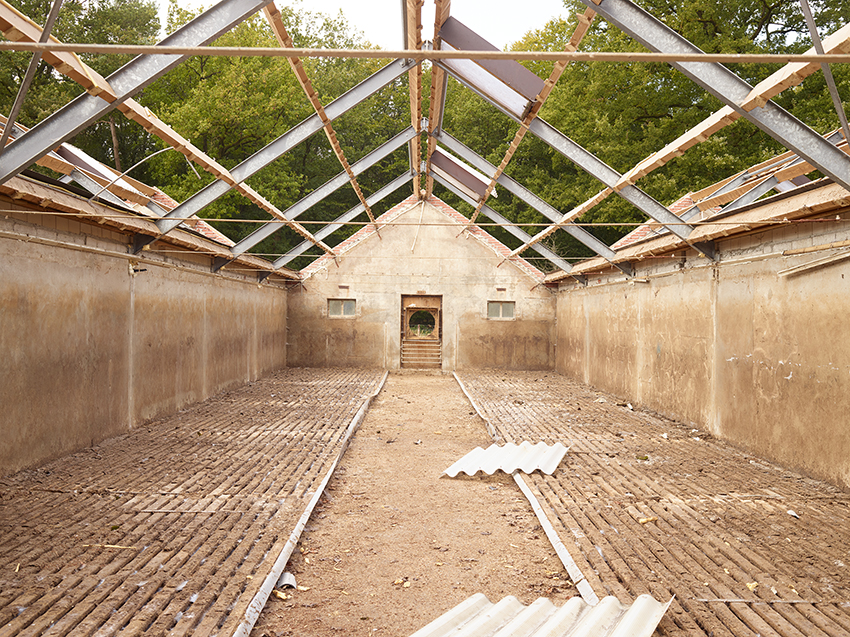
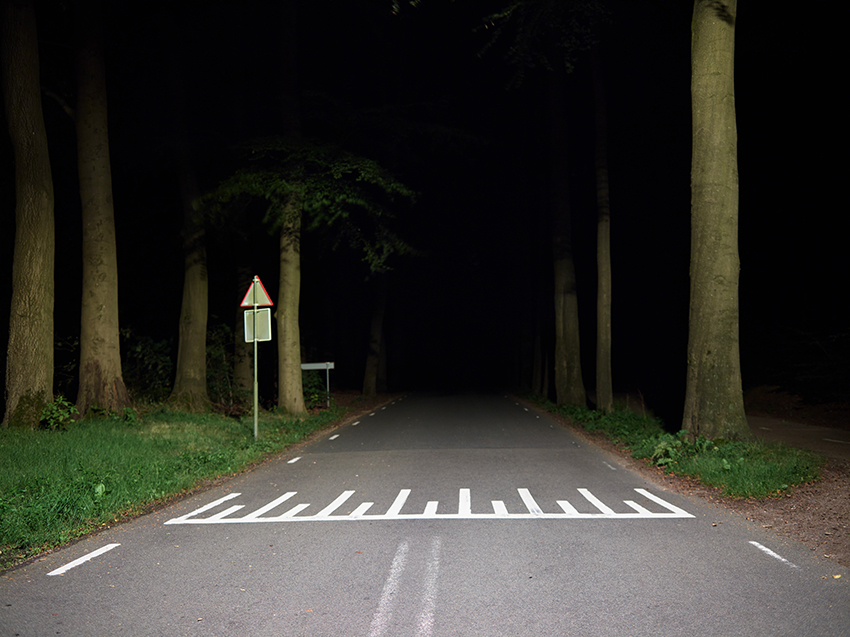
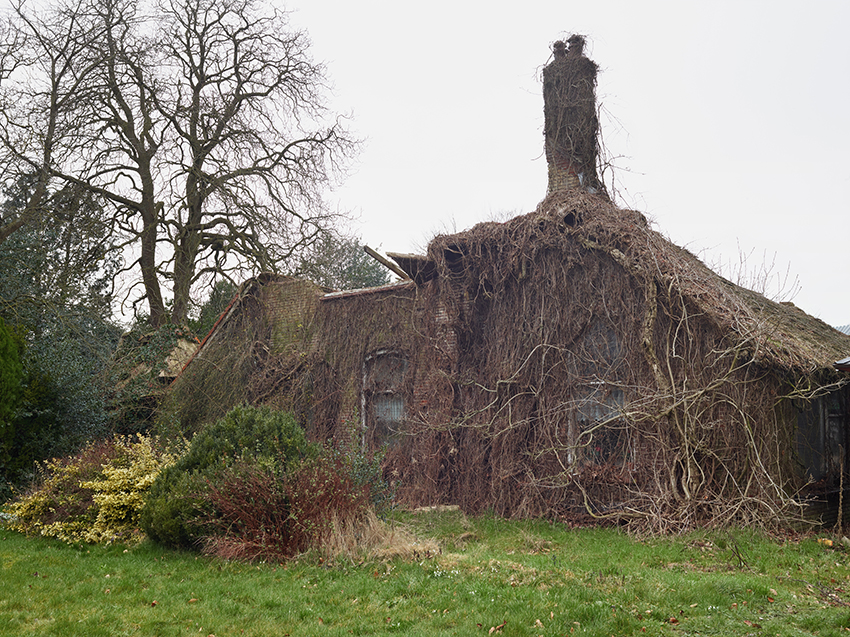
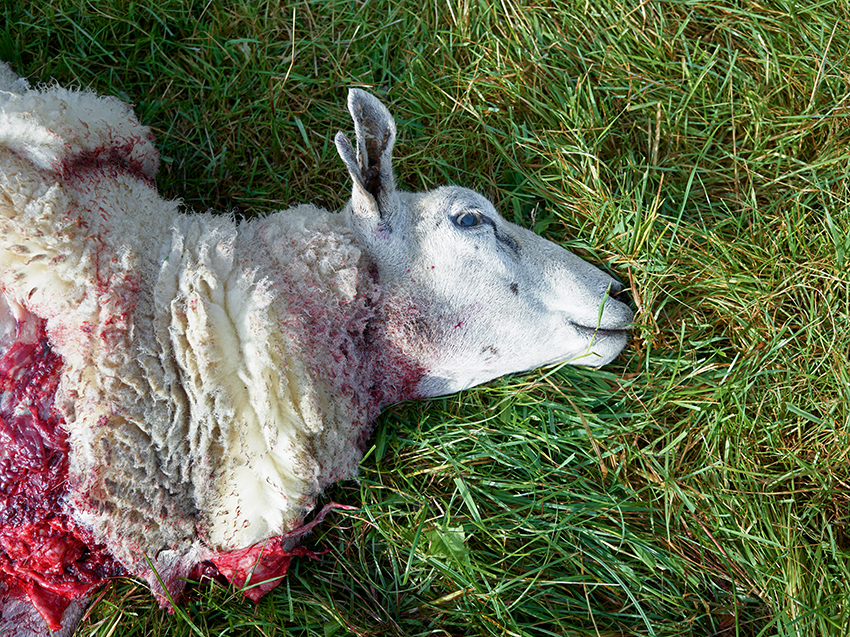

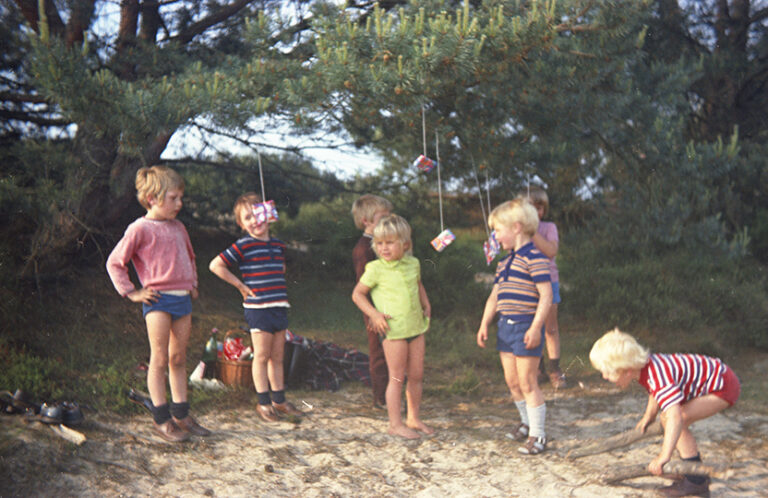
I was born in 1967 in Harderwijk, a small town in the middle of the Netherlands. When my parents moved into a nursing home in 2019, I began returning more frequently to their birthplace to visit them and prepare my childhood home for sale. Afterward, I often took my bike to rediscover the area I had once known so well.
Much of it still resembled the landscape I had wandered through for days as a scout, but some places in the forest had changed beyond recognition. Large sections had been clear-cut, while further ahead, storm-felled trees lay untouched, rotting away.
It was clear that this nature had been shaped and developed by humans. In the spring of 2022, the area found itself at the heart of the nitrogen crisis. Farmers were under pressure, and I realized that the landscape I had so enjoyed cycling through as a city dweller had turned into a political battleground, where the clash between agricultural entrepreneurship, nature management, and climate legislation was unfolding with intensity. During my bike rides, I casually began photographing and struck up conversations with walkers, shepherds, and farmers. These conversations flowed more easily when I mentioned that I had grown up in the area.
A project began to take shape: documenting the inevitable changes that the region, its residents, and various stakeholders would undergo in the coming years.
I was particularly curious about the different ways people, all coming from their personal backgrounds and roots, were approaching these changes. And in the back of my mind, the same question kept resurfacing: Whose landscape is this? As an observer, I photographed and filmed the farmers, the scientists, the motocross events, the annual tractor pull, and the recreational visitors enjoying their day out. Everyone had something to say; everyone had a place in my project. I pointed my camera at the heathland, the sheep, the church, the barns, the calves with their white eyelashes and soft snouts, and finally, at the oak tree, which had been recording the ever-changing landscape in its annual rings for nearly a thousand years. Even the oak has something to say, although it speaks in a language unintelligible to humans.
This project has been made possible with the generous support of the Rabo Bank Art Lab. For over two years, I have been the official artist in residence at the bank. Rabobank is a cooperative bank with its roots in the farming community in the Netherlands. Therefore, this project aligns with the interests and questions that are likely to arise within the bank. The Art Lab operates independently from the bank and aims to inspire new ideas through art.
Radio Interview: Opium
De donkereKamer
Kunststof radio
Like my other books, Territorium has been carefully and precisely edited and designed by Robin Uleman.
The book features a dust jacket and contains 296 pages, with images alternating with small text sections on thinner, lightweight paper. The texts are more or less exact transcriptions of the interviews I conducted with various parties in the area. The conversations I had with those involved led me to explore large themes such as the fear of change and the loss of value and identity.
The people featured in this book are not present in the photography. I made this choice deliberately, as I do not want to literally associate the spoken word with a person. The statements represent a more general thought within this territory.
This project was made possible by the RABO Bank Art Lab. In recent years, I have been the official Artist in Residence at the bank, though I personally felt more like a seconded Artist in Residence, as my research area was located in the Veluwe rather than in a bank building. The Rabo Art Lab is a free space within the bank where artists are invited to collaboratively explore social issues. The Rabo Art Lab views art as a source of critical reflection and fundamental renewal. The bank is open to research into new perspectives. With this book, I aim to initiate an open conversation, encouraging a look at each other’s perspectives.
This book was printed by the Robstok printing press in Amsterdam and has an edition of 1,500 copies and is for sale for only 39 euro’s..
Video installation with the size 13×3 meters. To see at the Boijmans Depot in Rotterdam until 22 september 2025

